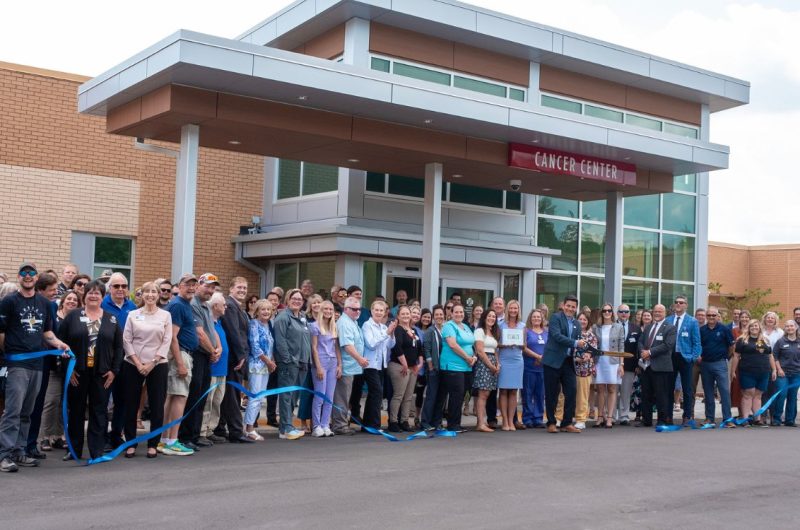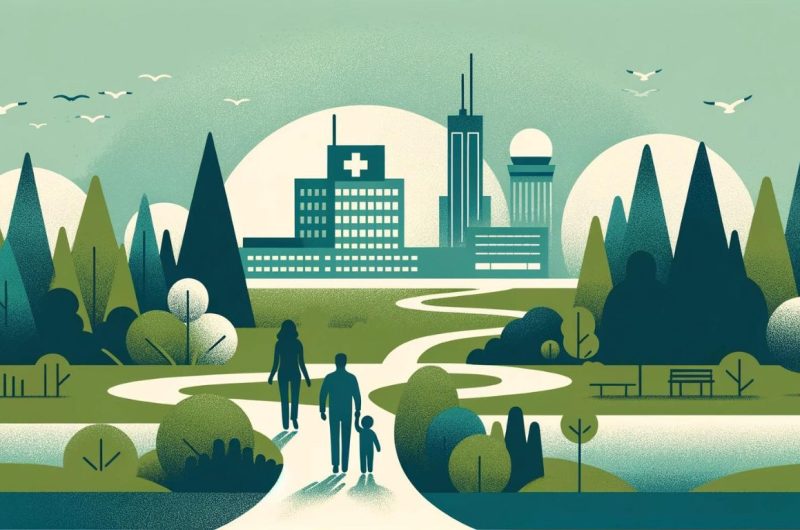Covid-19 in rural Michigan/America
The opinions expressed in this publication are those of the authors, and do not necessarily reflect the opinions or views of Rural Insights or its members.

The following was originally published on Education Views on April 6, 2020, and is republished here with permission.
The focus of the coronavirus has been largely concentrated in densely-populated urban areas around the world where humans live closely together. Here in the U.S. New York City, Seattle, New Orleans, and Detroit are extremely vulnerable hot spots as of this writing. Global communities with mobile, aging populations. Poverty makes these citizens especially vulnerable to the 2020 COVID-19 pandemic.
We are hoping to hit the apex – a turning point – when the virus flattens and we begin to bend the curve downward for the number of people being diagnosed or entering a hospital for treatment. This time can not come soon enough as more than 10,000 people have lost their lives to this virus in America since the first death 30 short days ago. We hope to see people getting better and fewer people getting sick. All of us are waiting and praying that this day is near.
Yet, we know that we are far from being over the hump for truly beating back this deadly virus.
Together We Are Better
We need to continue washing our hands, remaining at home, keeping our social distance, and supporting one another. Understand we are all in this fight together.
Both New York’s Governor Cuomo and my Michigan home state governor, Gretchen Whitmer have been true servant leaders during this crisis. Both have passion and compassion. They have a steady hand, heart and head to inspire and lead during this crisis. Both are elevating their political status – not by showboating but by delivering facts and science-based decisions for the people who hired them to lead their states.
We hear talk of ‘draft Cuomo for POTUS’ sprouting up. Governor Whitmer’s stock as a potential VP running mate for Joe Biden has also been discussed. Both are sub-plots to the focus of combatting the pandemic, but it will certainly be interesting to see how all this plays out in coming months.
Urban vs. Rural America
Yet, while our focus rightfully must be on the big cities with the intensity and numbers of illness and death they are dealing with under extremely trying circumstances, I have been keeping an eye on the rural parts of my state and across the country The virus has just begun to impact these communities with potential to overwhelm their limited health care services.
A friend who is attuned to Michigan’s Upper Peninsula, a huge geographical expanse with a spread out population, posted on social media: “Totals for 300,000 people in MI’s Upper Peninsula remain incredibly low, just 28 cases of Covid-19 and only 3 deaths.”
“Knock on wood.” Let’s hope for the best, that our rural communities will not be hard hit by the coronavirus— as we prepare for the worst.
Michelle A. Williams, Dean of the Harvard T.H. Chan School of Public Health, Bizu Gelaye, Assistant Professor in the Department of Epidemiology at Harvard, affiliated with Massachusetts General Hospital, and Emily M. Broad Leib, law professor and Director of the Harvard Law School Food Law and Policy Clinic as well as Deputy Director of the Harvard Law School Center for Health Law and Policy Innovation penned an Op-Ed for The Washington Post warning:
… “Be forewarned: It’s only a matter of time before the virus attacks small, often forgotten towns and rural counties. And that’s where this disease will hit hardest … So far, sparsely populated communities have been better insulated from the spread. But since no place in the United States is truly isolated, there’s simply no outrunning this virus. Every community is at imminent risk…”
This virus has placed a spotlight on the inequities across our nation. When looking at troubling social issues impacting our nation, large urban areas often become the focal point. But poverty and disparity is often hidden in the woods, literally in rural America.
Rural America is often forgotten. I fear as this virus rolls over our urban centers it will seep into our rural communities and the outcome will be deadly.
Michigan’s official state motto is: “Si Quæris Peninsulam Amœnam Circumspice,” or, “If you seek a pleasant peninsula look about you.” Michigan is a large state composed of great and struggling cities, sprawling suburbs and our often-forgotten rural communities.
My colleague, David Haynes – former President of Northern Michigan University and currently Professor of Public Administration at NMU – and I spoke out about the special challenges in the rural parts of Michigan a year ago, when we called for our governor to create a ‘rural ombudsman.’
We wrote at the time: “The two largest rural areas of Michigan are Northern Michigan and the Upper Peninsula. The Upper Peninsula accounts for 3 percent of the state’s population and approximately 30 percent of the state land mass. In the U.P., here are some of the issues people are facing: energy costs and access, road development and repair, internet and broadband access, access to economic development growth, health care availability, poverty and education costs.”
The gap between the haves and the have nots will increase exponentially during this crisis. While often hidden in rural America, the need will be no less urgent.
The lack of hospitals and beds with the necessary equipment will be a significant issue as Covid-19 hits these rural communities.
The devastation may well continue as many people from the urban areas of our state who own cabins in these rural areas get away “Up North” bringing the virus with them. Yet staying home has costs as well – the economy of rural and northern Michigan is built on tourism.
As Ted Roelofs wrote for Bridge Magazine, “Access to health care – even for those with insurance – remains a particular problem in rural Michigan.”
A 2015 study by the Citizens Research Council of Michigan found four rural counties in Michigan – Cass, Keweenaw, Lake and Oscoda – consistently falling below recommended ratios of primary care physicians to population. Seven other rural counties fell below suggested ratios in every field it examined except family practice.
The Center for Health Workforce Studies of the Association of American Medical Colleges projects a shortage in Michigan including 4,400 doctors – both primary care doctors and specialists – by 2020.
Compounding the problem, Ted Roelofs wrote, “Small independent and rural hospitals across Michigan say the coronavirus crisis poses an existential threat, as patient visits to outpatient clinics fall and revenue from elective surgeries and procedures like X-rays and mammograms — all widely postponed since the outbreak — dry up. Without a big injection of funds, advocates say, they could be forced to make drastic cuts in service — or go out of business.”
We are likely to see a swell of Covid-19 in rural Michigan and rural America in the coming weeks. Are we prepared to deal with it?





